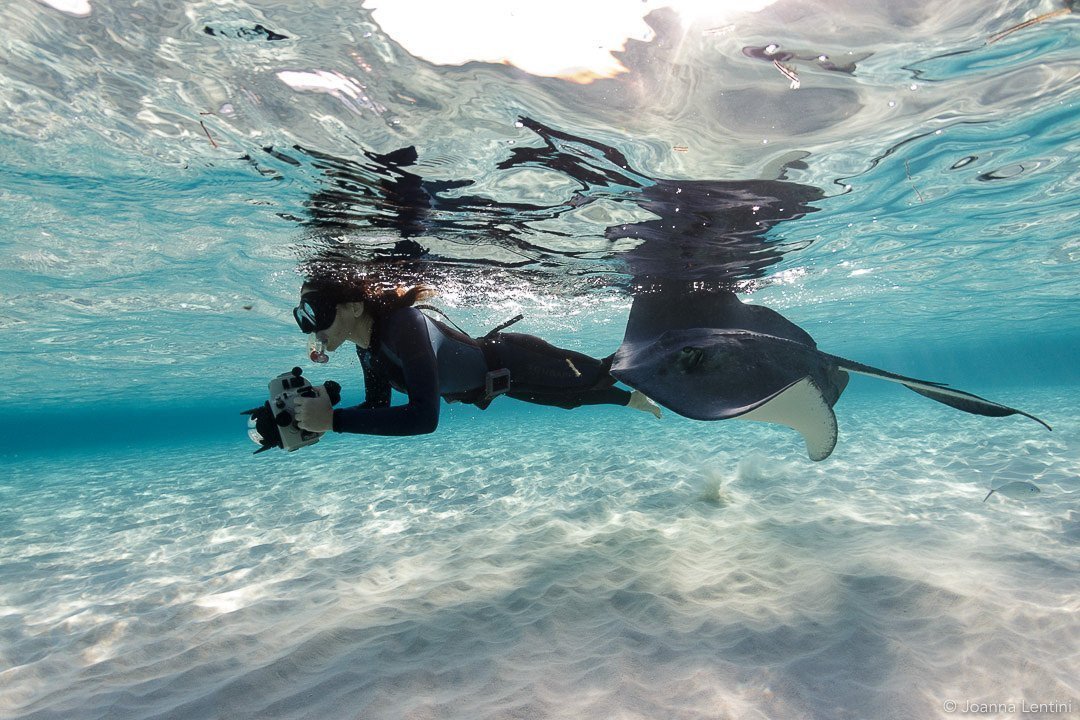There’s something truly enchanting about the underwater world. The delicate dance of light on the water’s surface, the vibrant colors of marine life, and the serene silence that envelops you as you descend beneath the waves. This mysterious realm provides photographers with an entirely new and challenging environment to capture. Welcome to the world of underwater photography.
What is Underwater Photography?
Underwater photography involves taking pictures while submerged in water bodies. It covers a wide range of subjects, from capturing the stunning biodiversity of coral reefs to documenting the eerie stillness of underwater caves, or even shooting unique portraits in pools.
The Challenges
Underwater photography is not without its challenges. The most significant is learning to dive safely. It’s vital to be a certified diver and be comfortable in the water before adding the complexity of managing a camera. Secondly, light behaves differently under water, which affects how your images will look. Lastly, marine life is unpredictable, so patience and respect for the environment are essential.
Gear Up
Investing in the right equipment is crucial for underwater photography. This includes a good underwater camera or a waterproof housing for your regular camera, and possibly external flash units for better lighting control.
Essential Techniques
The buoyancy control skill is vital in underwater photography. It allows you to hold your position in the water without disturbing the environment. Composition underwater follows the same rules as on land but keep in mind the impact of water on light and colors. Furthermore, getting close to your subject helps in reducing the amount of water between the camera and the subject, resulting in clearer images.
Post-Processing
Just like terrestrial photography, post-processing is a critical step in underwater photography. Due to the water’s color absorption, images may look bluish or greenish, and contrast might be reduced. Programs like Adobe Lightroom and Photoshop can help you correct colors and increase contrast.
Conservation Through the Lens
Underwater photography is more than just a photographic genre; it’s a powerful tool for marine conservation. By documenting the beauty and fragility of underwater ecosystems, photographers can raise awareness about their importance and the threats they face.
Conclusion
Underwater photography opens a gateway to a world less explored, full of vibrant colors, fascinating creatures, and unparalleled beauty. It requires a unique skill set and dedicated gear but offers rewards that make all the effort worthwhile. So, take a plunge into this captivating genre of photography and uncover the mysteries that lie beneath the surface.


0 Comment